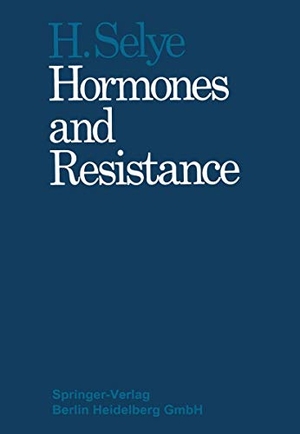Für statistische Zwecke und um bestmögliche Funktionalität zu bieten, speichert diese Website Cookies auf Ihrem Gerät. Das Speichern von Cookies kann in den Browser-Einstellungen deaktiviert werden. Wenn Sie die Website weiter nutzen, stimmen Sie der Verwendung von Cookies zu.
Cookie akzeptieren
- Springer Berlin Heidelberg
- 2014
- Taschenbuch
- 1164 Seiten
- ISBN 9783642651946
7 If so, the individual members of each class thus identified could then be subjected to a more profound pharmacokinetic analysis. In other words, we had to determine first which hormone protects against which drug, before we could explore how it did this. We had to know first that a hormone has adaptive value before we could ask whether this is due to a syntoxic or a catatoxic mechanism. Such observations, as the fact that an indomethacin-induced intestinal ulcer can be prevented by ethylestrenol, orthat cortisol aggravates certain infections, reveal nothing about how these hormones work; but only findings of this type can tell us where
Mehr
Weniger
zzgl. Versand
in Kürze